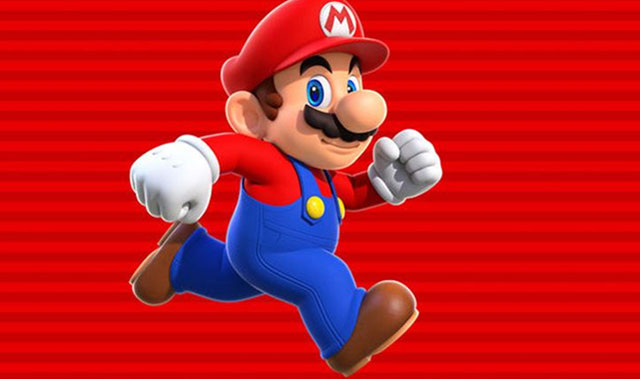
Nintendo’s debut game for smartphones is turning out to be anything but super.
Since its release for Apple devices on Thursday, Super Mario Run has shot to the top of download charts in more than 100 countries as tens of millions celebrated the iconic video game character’s arrival on iPhones.
Yet problems emerged almost immediately, with thousands vigorously complaining that the three levels available with the free download were over too quickly — in less than 10 minutes in most cases — and the US$10 price tag to unlock the rest was too steep.
That backlash is now reverberating through its share price, with Nintendo’s stock dropping by 11% in the two trading days since the game’s release, wiping out more than $3,5bn in market value. Investors and analysts are starting to second-guess the company’s decisions and its ability to execute on mobile devices.
“A $10 upfront cost to unlock the game is a huge ask and one that flies in the face of current mobile games being free-to-play,” said Daniel Ahmad, an analyst for researcher Niko Partners. “The first three levels are not very long and the payment screen doesn’t seem to make it abundantly clear what the user is getting in return for that $10 purchase.”
Those comments mostly echo the reaction online, where more than a hundred thousand users have posted ratings on Apple’s App Stores in the US, Japan and elsewhere, ranking the game at two-and-a-half stars out of five. That’s among the lowest for apps at the top of download rankings, and below other games such as Clash Royale, Candy Crush Saga or Monster Strike.
Besides the high price, reviewers focused on Nintendo’s decision to require an Internet connection, with many complaining they couldn’t play during their commutes. Others said the over-simplified game-play removed features that are a staple of Super Mario games on consoles, such as fireballs.
“The negative reviews aren’t necessarily because it’s a bad game,” said Eliran Sapir, head of Apptopia. “It’s a combination of the high price tag and fans not liking the vehicle.”
Sapir said poor word-of-mouth could impact the game’s profitability. While the game has become the highest-grossing game in most countries, it could only reach third place in Japan — the world’s third-largest app market, according to App Annie. That adds to the risk it could fall short of analysts’ expectations. Nomura Holdings has estimated the game will generate Y36bn ($306m) by the end of March, while Macquarie Securities sees $200m in the same period.
The negative buzz could particularly hurt sales to the much larger pool of Android users, who won’t get a version until an undetermined time next year.
Even among those who paid $10 for the full experience on Apple’s iOS, a common complaint was the lack of incentives to keep playing for longer. The quest to rescue Princess Peach can be completed in about two hours and thereafter the game encourages users to run through already-completed levels on harder difficulties and race against other players. Items they win are ultimately used in Kingdom Builder, a never-ending game mode where players can craft a small village to call their own.
The problem, users say, is that kingdom-building is a shallow affair. The small variety of items to buy and limited map size means most villages won’t differ much from player to player. That’s a far cry from other games such as Pokémon Go, where a high number of pocket monsters, each with unique characteristics, made catching them all a highly personalised experience. By comparison, Super Mario Run does little to make items in Kingdom Builder seem anything more than inanimate objects.
All of this raises questions about whether Nintendo fundamentally understands what smartphone gamers want, even as it teams with mobile gaming specialist DeNA to bring out titles.
Since announcing its expansion into smartphones in March 2015, investors have pushed shares 74% higher on the promise the Kyoto-based company can bring its gaming prowess into the hands of the world’s 2,3bn smartphone users. The decisions that went into Super Mario Run, and the reaction from users, is making some re-assess those convictions.
“Right now it is near the top of rankings, but people are foreseeing that it will fall quite quickly,” said Hideki Yasuda, an analyst at Ace Research Institute.
For analyst Serkan Toto, the real test is what Nintendo does next. To reverse the souring sentiment, the company should announce additional content to create more depth to the game-play. While a change to the pricing model is also possible, Nintendo has avoided lowering prices on products in the past.
“There will be more worlds, more stages and maybe also at some point in time a break away from the business model,” said Toto, founder of consultant Kantan Games. “It’s just the first version of their first actual game.” — (c) 2016 Bloomberg LP




